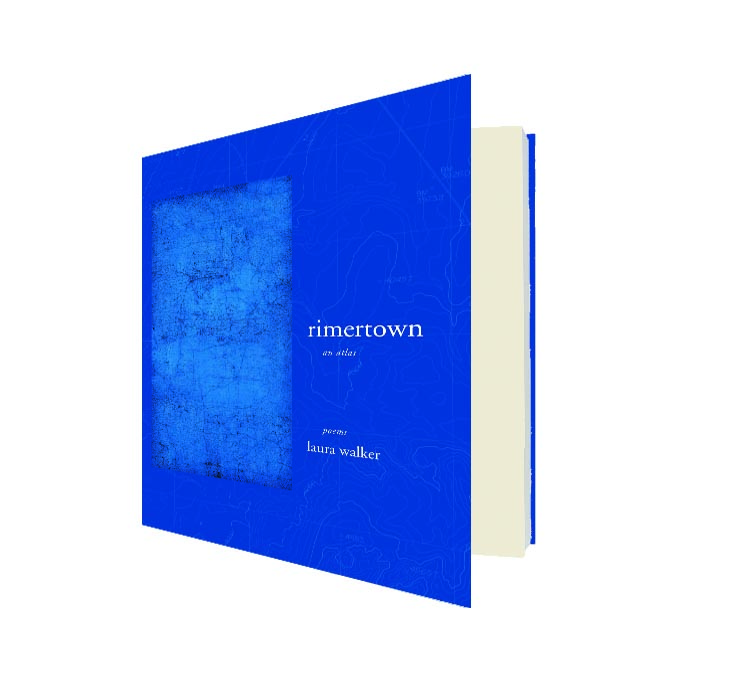Central question:
Are memories maps?
As a poet and a native of Rimertown, North Carolina, Laura Walker is uniquely poised at the intersection of two breakwaters—home as it is known, and home as it is created. Her second collection is at once, as its name suggests, a conspectus—an effort at charting the particularities of place and experience—and an interrogation of the language through which such places are known. It is an atlas of illustration, of landscapes interior and exterior, and an exploration of the lives lived there. As variegated as the landscapes it traces, Walker’s atlas consists of four forms in concert: “maps,” “stories,” vernacular prose poems, and a sparse, disjunctively reiterative narrative. These forms interact, whispering among themselves, repeating what they’ve heard, in much the same way we imagine the inhabitants of Rimertown speaking—in hushed tones and a language of their own.
Maps, as we might expect, dominate Walker’s atlas. Exclusively in verse, these “maps,” as they are titled (“map 27”, “map 81”), are views from above, topographic representations of life in Rimertown: “in the greening and the sound / girls in bright dresses, a wound that // taking us on the stairway // (shallow break on the northern side // (roots and thistles / who left rustling metal in a ditch // cows among ruins / side of a starling”. They are charts of scenic features, of relation—a self to landscape, landscape to itself—constructing the physical world, detailing contours of place and persons.
Walker’s “stories,” on the other hand, blend exteriority and interiority, verse and prose. If verse is the mode through which this atlas plots physicality, then prose serves personalization, where the “weight of denim and sleeves” is known. Scrutinizing the experience of dwelling within these landscapes, here the mappable coexists with the ephemeral—a change pocket becomes a “pocket for housing” and “lines of (fruit trees” become “lines of what you were dead for.”
If Walker’s maps and stories are the result of looking and looking more closely, her prose poems are records of listening, aural portraits taking Rimertown’s vernacular as inseparable from, even constitutive of, landscape. Where “there are spells and then there are spells,” only the finely tuned ear, awake to the private nuances of local language, can hope to catch the undercurrents of meaning and tacit mutual understanding.
Ultimately, though, it may be the elliptical narrative pieces, threaded through the atlas, that...
You have reached your article limit
Sign up for a digital subscription and continue reading all new issues, plus our entire archives, for just $1.50/month.
Already a subscriber? Sign in





